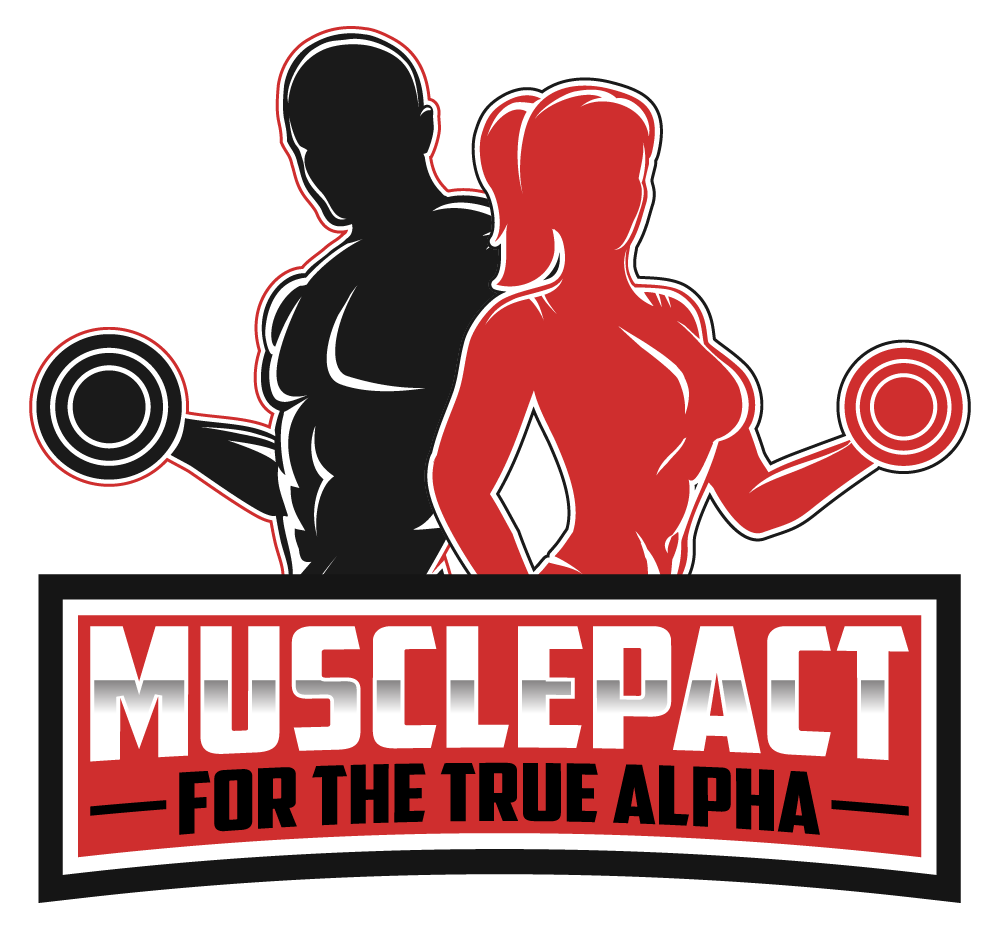Arm muscles are essential for helping arms move and providing stability to the upper body. They are involved in actions such as lifting, pushing, pulling, and many more daily tasks. In this article, we will discuss arm muscles, their functions and innervation, and some common conditions that affect them.
Overview of Arm Muscles
The arm is anatomically divided into two parts: the upper (arm between the shoulder) and the forearm (between the elbow and wrist). The muscles in these regions can be classified into two compartments based on their primary functions: anterior (flexor) and posterior (extensor).
Upper Arm Muscles
Anterior Compartment of the Arm Muscle
- Biceps Brachii
- Anatomy: This muscle has two heads: the long head, which originates from the supraglenoid tubercle of the scapula, and the short head, which originates from the coracoid process of the scapula. The two heads insert into the radial tuberosity (R) and fascia of the forearm via the bicipital aponeurosis.
- Role: Its main function is to flex the elbow and supinate the forearm. It similarly helps with extending the shoulder.
- Innervation: Musculocutaneous nerve (C5-C6).
- Brachialis
- Anatomy: Lies under biceps brachii; originates from the distal half of the anterior surface of the humerus and inserts into the coronoid process of ulna.
- Role: It is the primary flexor of the forearm at the elbow joint.
- Innervation: Generally provided primarily by musculocutaneous with additional contributions from radial nerve.
- Coracobrachialis
- Anatomy: This muscle originates from the coracoid process of the scapula and attaches to the medial side of the humeral shaft.
- Role: flexor and adductor of the arm at the shoulder joint
- Innervation: Musculocutaneous nerve
Posterior Compartment of the Arm Muscle
- Triceps Brachii
- Anatomy: consists of three heads (long, lateral, and medial), situated at the back of the upper arm and inserts into the olecranon process of the ulna.
- Role: Extension of the forearm at the elbow joint. It also helps adduct and extend the shoulder.
- Innervation: Radial nerve (C6-C8).
- Anconeus
- Anatomy: A minor muscle on the posterior side of the elbow that runs from the humerus’s lateral epicondyle to the ulna’s olecranon.
- Role: Helps extend the elbow and stabilizes the elbow joint.
- Innervation: Radial nerve.
Forearm Muscles
The muscles of the forearm are divided into two more numerous groups: the anterior compartment (where the flexors are located) and the posterior compartment (where the extensors lie).
Anterior Compartment
Primarily involved in flexion of wrist and fingers and forearm pronation. Key muscles include:
- Flexor carpi radialis.
- Flexor carpi ulnaris.
- Flexor digitorum superficialis.
- Flexor digitorum profundus.
- Pronator teres.
Posterior Compartment
They are responsible for extension of wrist and fingers. Key muscles include:
- Extensor carpi radialis longus.
- Extensor digitorum.
- Extensor carpi ulnaris.
Blood Supply
The blood supply to these muscles is derived mostly from branches of the brachial artery, which comes from the subclavian artery. The profunda brachii artery supplies blood to structures in both compartments of the upper arm.
Common Conditions that Affect Arm Muscles
Knowledge of arm muscle anatomy is critical for identifying frequent muscle injuries, such as strains or tears of the biceps brachii or triceps brachii, tendonitis, or overuse injuries brought on by repetitive motions.
Conclusion
Arm muscles are essential for the movements necessary for daily living. Because of their anatomical proximity, complex interactions occur between flexion and extension at the elbow and wrist and adduction and rotation at the shoulder. Understanding these muscles helps in recognizing their role, the risk of injury, and how to ideally rehabilitate from injury.
Check this arm day workout routine for stronger arm muscles. Also, us on Facebook for even more guides.
Sources:
- www.kenhub.com/en/library/anatomy/arm-muscles
- www.healthline.com/human-body-maps/arm-muscles
All images from pixabay.com
